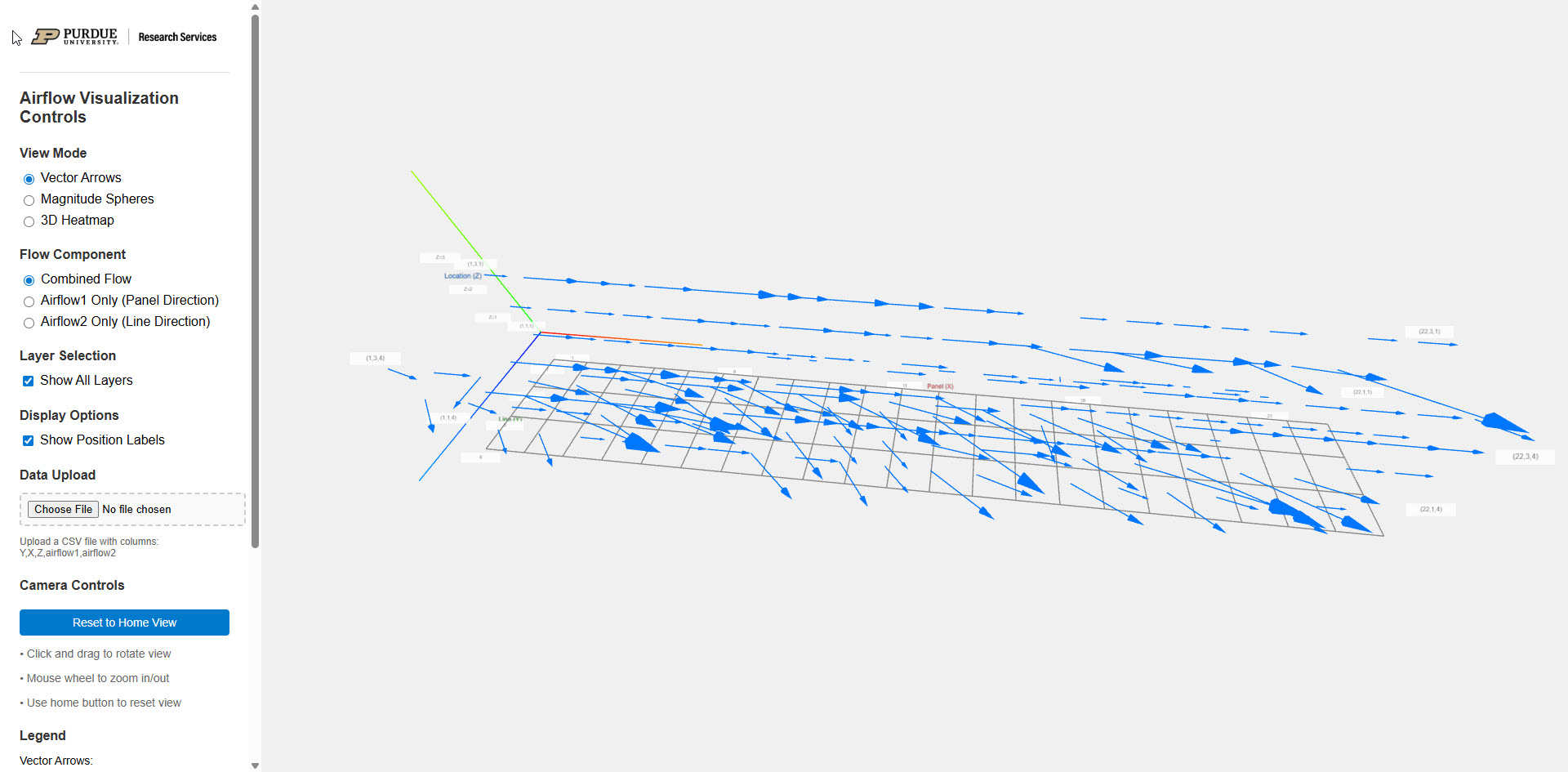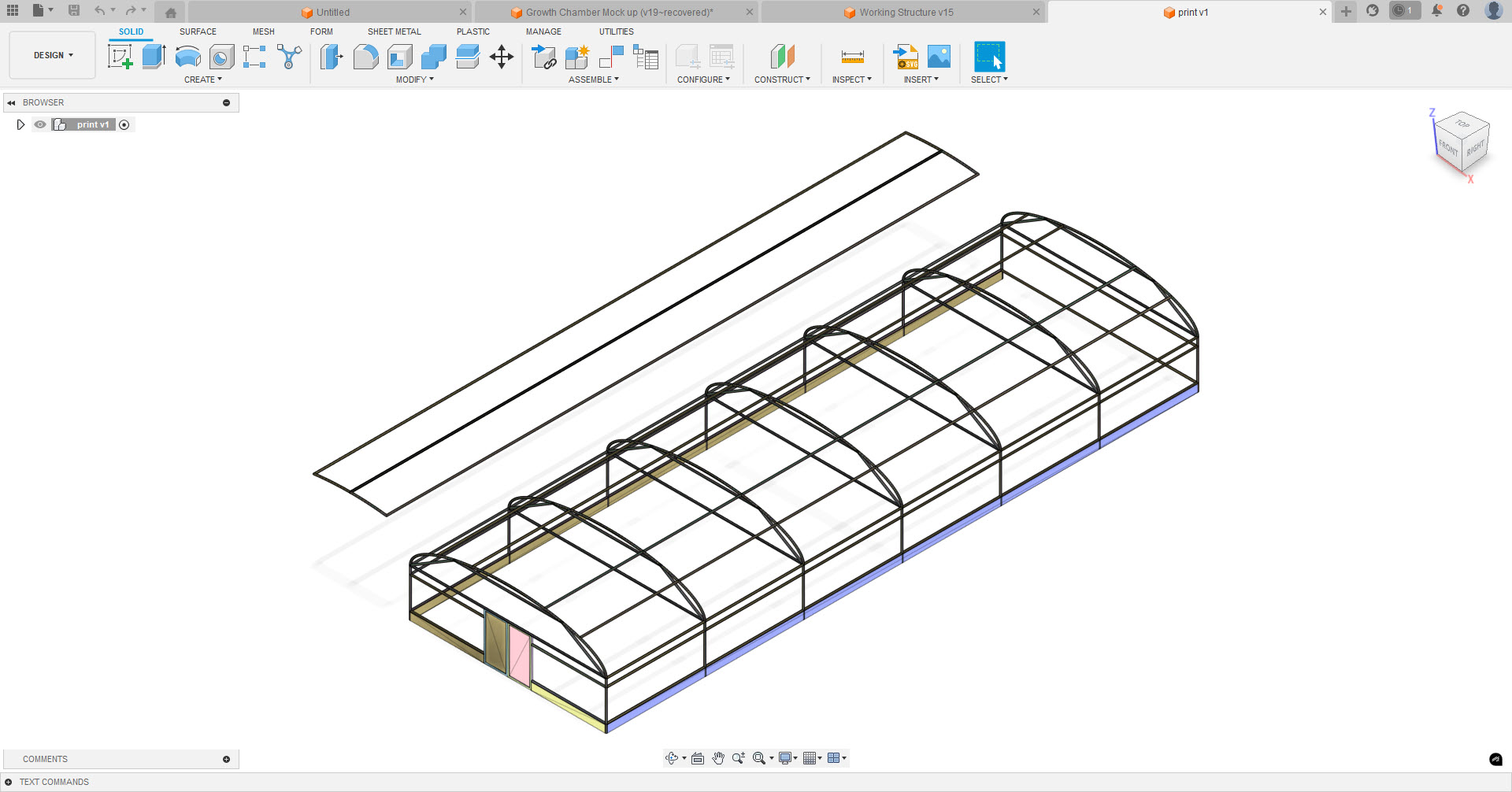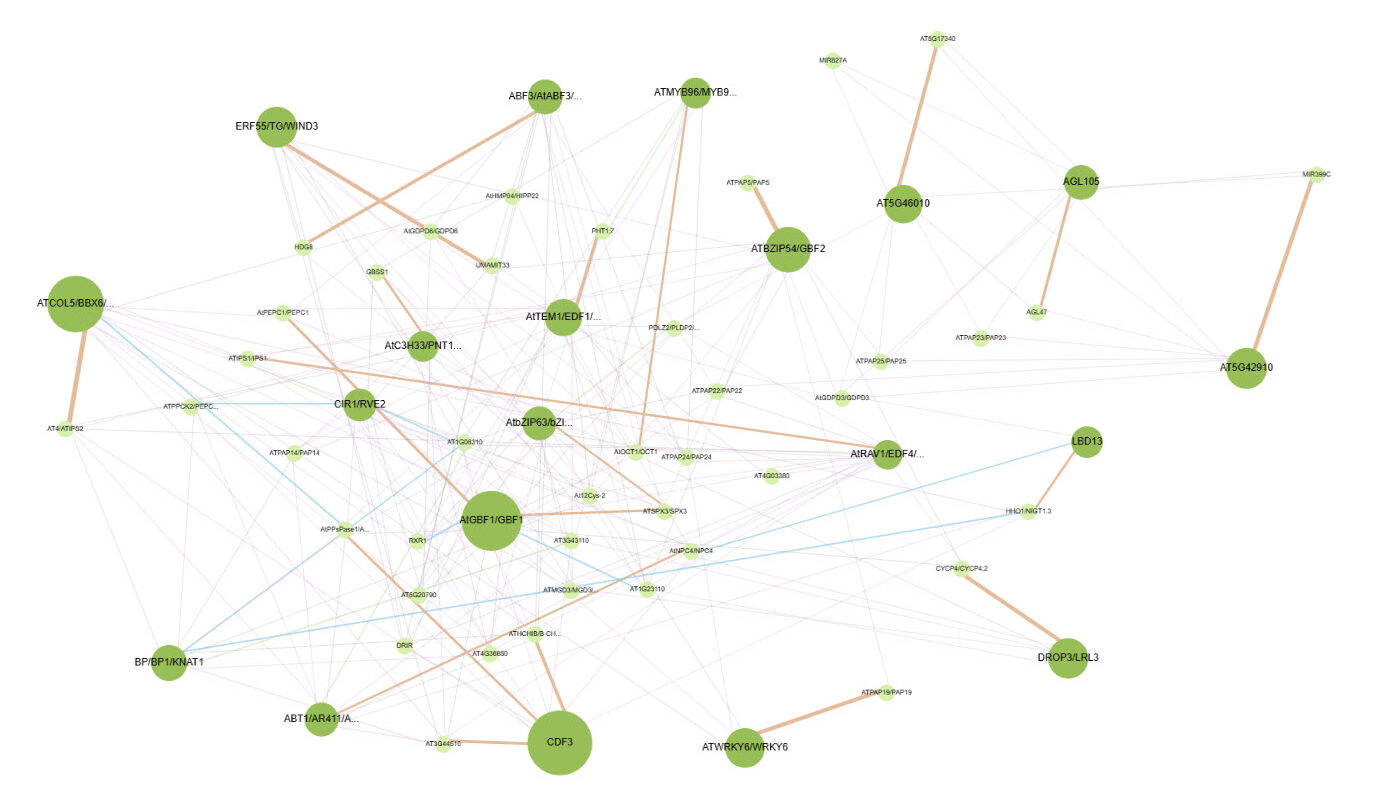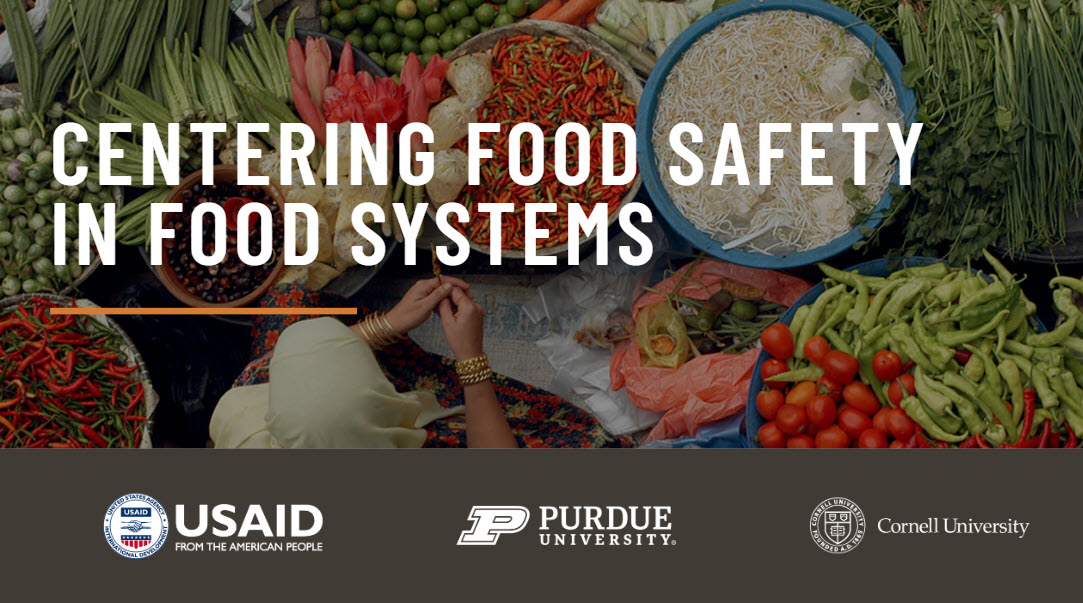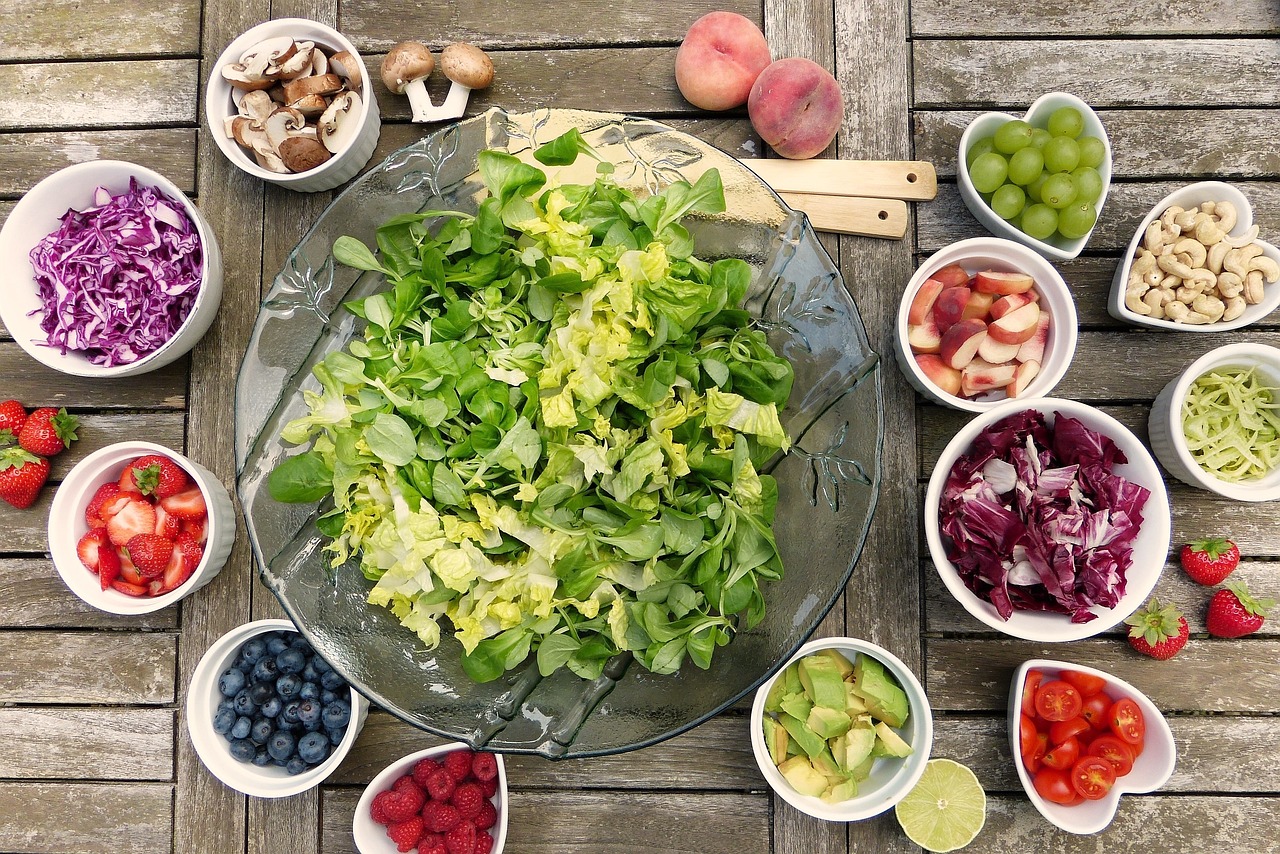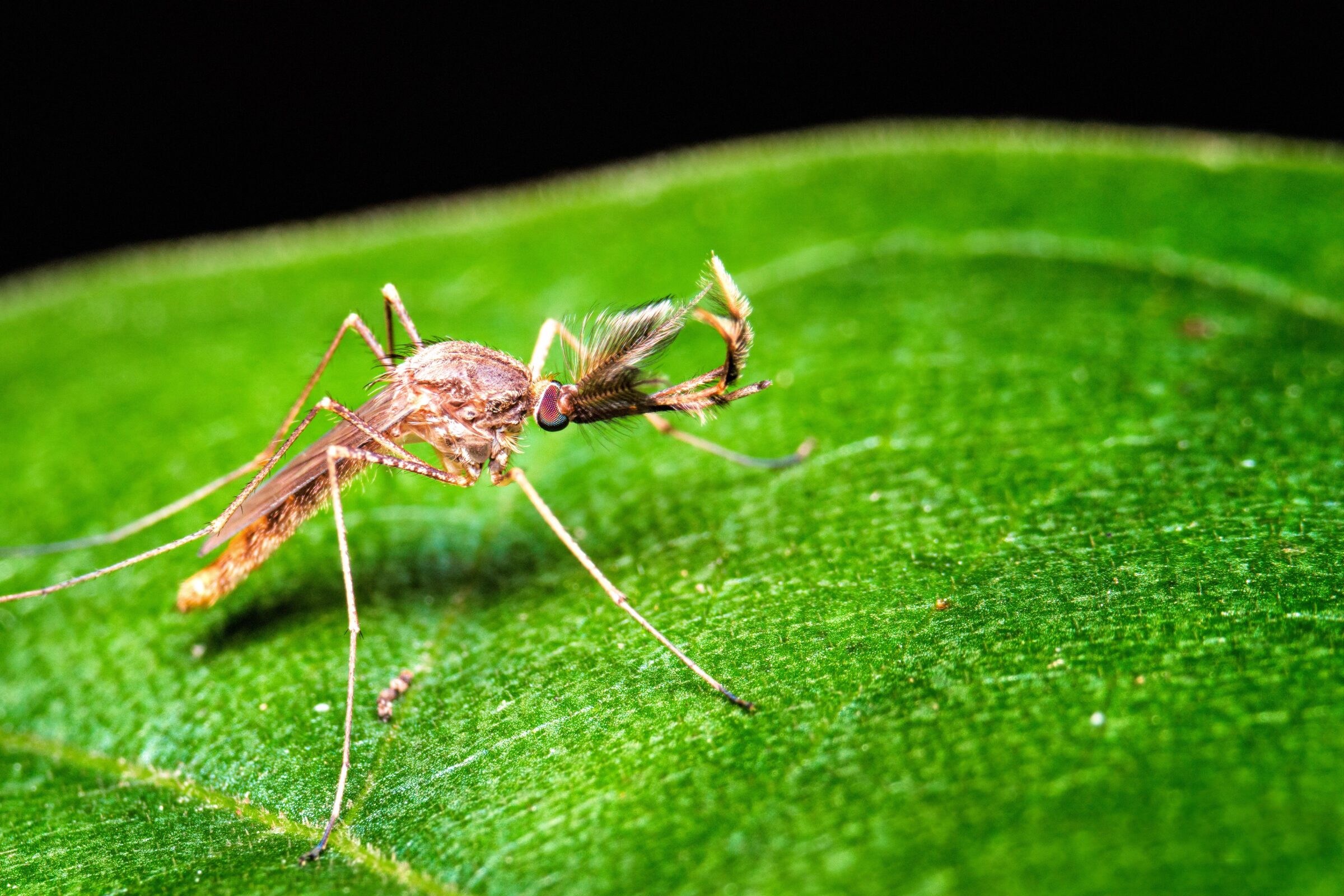Long-term impacts of tile drainage on crop yield

To improve crop yield in poorly drained soil types common in the US Midwest, farmers commonly installed subsurface drainage systems to help remove excess water. Despite being a common practice, we have limited understanding about how different spacings of drain tiles interact with differing amounts of rainfall over many years and crop cycles. A long-term field trial at Purdue provided the opportunity to study the effects of drainage spacing and rainfall on crop yields over several decades.
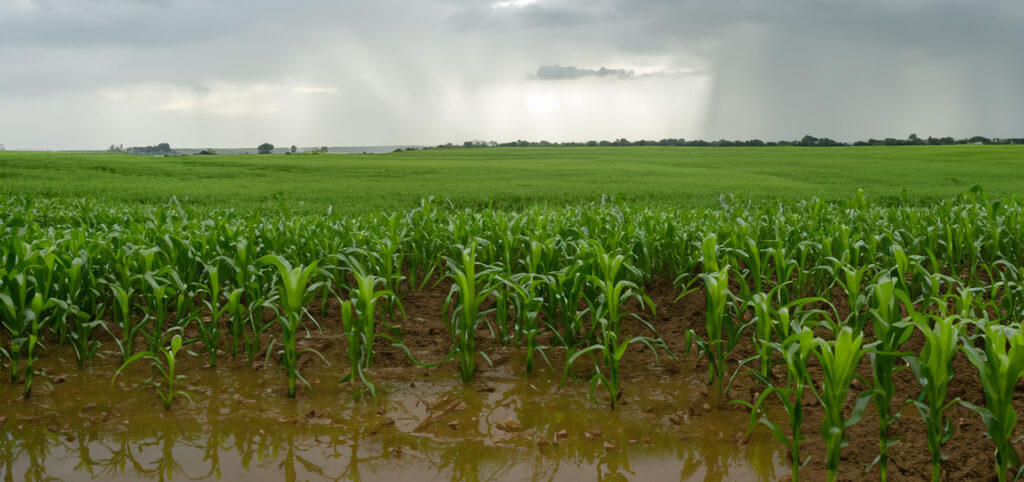
Drs. Eileen Kladivko and Yichao Rui (Purdue Agronomy) worked with ARGE Research Services to analyze 37 years of agronomic data from Southeast Purdue Agriculture Center (SEPAC) as well as weather records from several nearby stations. Specifically, they analyzed how yield of corn and soybeans changed over the 37 years, how different tile drainage spacing affected yield, and how both yield and spacing varied with changing rainfall patterns. The data used in the study and all analysis and data visualization code are published to open repositories and available online.
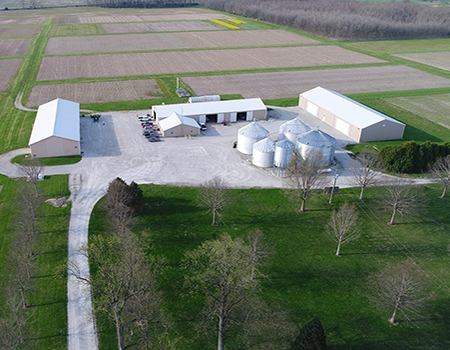
Dr. Yichao Rui appreciated the “support with statistics, writing, and intellectual contributions to the data analysis and interpretation. This would not have been possible without you.”
The article can be found here: Rui, Y., B. Goller, E.J. Kladivko. 2024. Long-term crop yield benefits of subsurface drainage on poorly drained soils. Agronomy Journal. 1–12. https://doi.org/10.1002/agj2.21621
Agronomic data for the study were published to the Purdue University Research Repository: Kladivko, E.J., Bowling, L.C., Chighladze, G., & Abendroth. L. (2022). Southeast Purdue Agricultural Center (SEPAC) drainage research data, 1984-2020. https://doi.org/10.4231/CTM1-0Y45
And all analysis code as well as supplementary figures and rainfall data are available here: https://github.itap.purdue.edu/Ag-Data-Services/SEPAC_Tile_Drainage_Analysis
